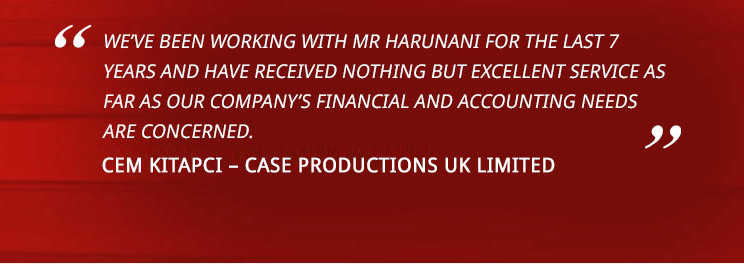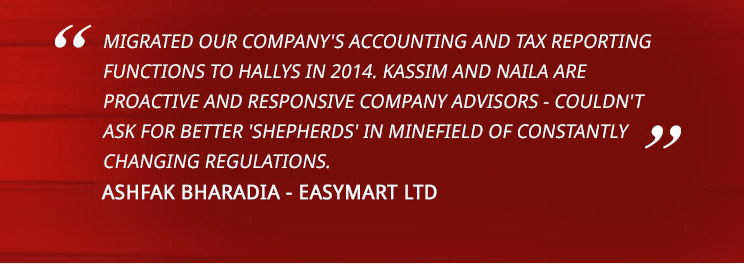Most employers who are eligible will be aware that the furlough scheme (the Coronavirus Job Retention Scheme) has been extended for five months – from 1 November 2020 to 31 March 2021.
The general terms for the first quarter to 31 January 2021 are:
- Maximum claim per employee is 80% of hours not worked.
- Furlough claims will be capped at £2,500 per employee per month for hours not worked.
- Employers will remain responsible for paying for any hours worked, albeit on a flexible basis, and for any pension and National Insurance costs.
- Employers can top-up wages for hours not worked at their discretion.
This is a welcome extension for many businesses that were facing difficult choices as the previous furlough scheme ended 31 October 2020.
Readers should note that the amounts of government support – 80% capped at £2,500 for hours not worked – only applies to 31 January 2021. During January, these rates may be changed, and much will depend on the economic challenges at that time. We will of course publish any changes announced in the new year.
Employers claiming under the new scheme should also note:
- The previously announced £1,000 Job Retention Bonus has been withdrawn now that the furlough scheme is extended to 31 March 2021.
- One condition of the new scheme is that employers accept that HMRC will publish information about their claim on the internet. This will include the name of the employer and a reasonable indication of the amount claimed.
- Furlough agreements must be in place before the start of a claims period. These agreements can be subsequently varied.
- Claims cannot be made if an employee is serving a notice period between 1 December 2020 and 31 January 2021.















